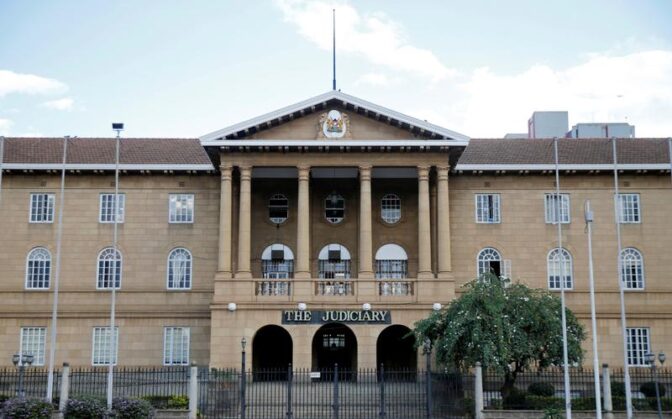As the popular adage goes, injustice anywhere is a threat to justice everywhere. Justice is often referred to as protection and punishing of wrongs through just means. Case in point, If A takes B’s life and, and a court of law finds A guilty and as a result he/she is sentenced to serve a prison term, at that moment justice is said and seen to have been served. Should the court find A not guilty owing to lack of sufficient evidence thereby acquitting him/her, again, justice is said to have been served.
Premised on the above, a justice system should be impartial, neutral and fair, but importantly afford a conducive environment where the rights of both the claimant and the respondent are promoted and protected. This foundation explains the reason why Kenya for instance adopted an adversarial system of justice whereof disputants compete against each other and the Magistrate/Judge serves as the referee or the neutral arbiter to ensure fairness to the accused and importantly ensure legal rules and procedures are followed. The said rules are coded in statutes which are not self-executing and as such, their use are hinged on guardianship hence justice chain institutions.
While individual institutions play specific roles towards ensuring the justice system is in tune with the very foundation of what justice entails, overall guardianship of the system is hinged on interdependence, collective responsibility, collaborative efforts and a functional referral system. Failure of a single institution is failure of an entire system. Suffice to say, the effects are causal. For instance, if the correctional systems decides against receiving pretrial detainees and convicted prisoners, the entire system would crumble as court holding cells are meant to hold detainees for a few hours and police lock-up facilities do not meet the requirements necessary to hold detainees in droves and for an extended period. Simply put, the system would break down. The effects would be catastrophic should police decide against policing.
Critical is ensuring these institutions are evenly and strategically distributed to promote access by consumers of justice. But most important is ensuring the citizenry is well appraised on the manner and shape of justice.


